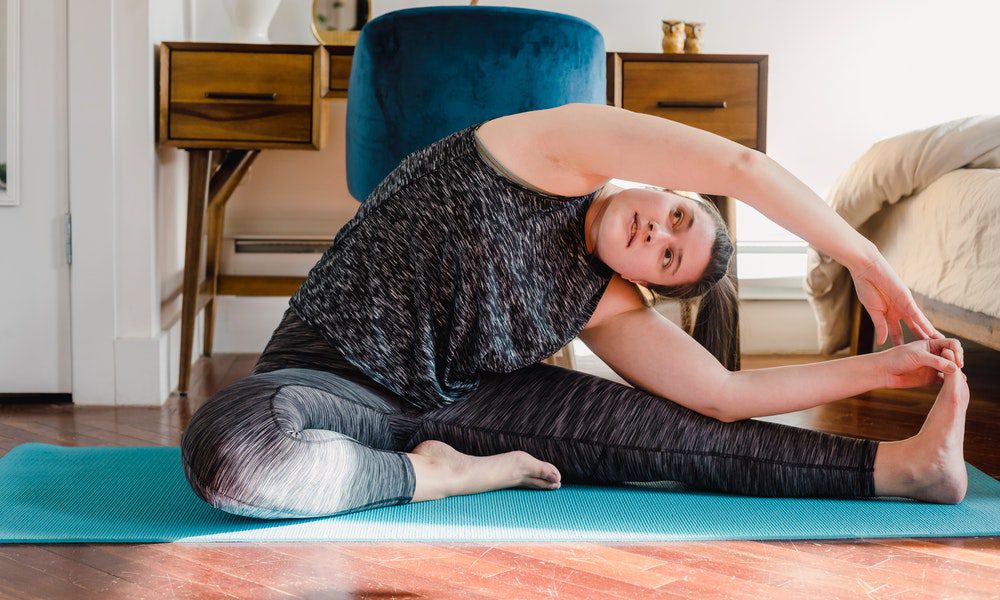In today’s world, it’s tempting to reward yourself after a long day. Whether it's a new gadget, a last-minute flight, or designer shoes, impulse purchases can feel justified. You work hard, so you deserve something nice, right? That mindset makes spending easy, but it can quickly disrupt your savings.
The 1% rule offers a simple checkpoint for smarter decision-making. Instead of rushing a purchase, it encourages you to stop, think, and weigh your options.
How the 1% Rule Works
The 1% rule was first introduced by Glen James, host of "My Millennial Money." The concept is straightforward. If a non-essential item costs more than 1% of your annual income, you wait 24 hours before buying it.
Let’s break it down. Someone earning $60,000 per year should think twice about buying anything that costs more than $600. The idea isn’t to say no—it’s to create space before saying yes. That pause helps prevent emotional spending and provides time to reconsider whether the item is truly worth it.
What to Ask Yourself Before Spending

Freepik | SkelDry | Pause before you spend to see if it truly supports your future wants and daily needs.
During the waiting period, it helps to ask some key questions. Will you use the item often? Does it align with your long-term goals? Will you regret the purchase in a week? If the answer leans toward uncertainty, there’s your signal.
Big-ticket items can spark excitement. Limited stock, seasonal sales, or online ads often create urgency. That’s exactly when the 1% rule becomes powerful. It turns the moment into a choice instead of a reaction.
How Experts View the Rule
Bobbi Rebell, CFP and financial expert at CardRates, sees the rule as a reliable strategy. She points out that it doesn’t restrict spending entirely. Instead, it offers a structure to manage large purchases with more awareness.
According to Rebell, the rule works best when used selectively. “It keeps your budget in focus without forcing you to cut out the things you love,” she explains. A thoughtful pause gives you the clarity needed to stay on track, especially when shopping becomes emotional.
Applying the Rule to Real-Life Purchases
Let’s say your annual income is $75,000. That makes your 1% limit $750. If you’re eyeing a $900 handbag, the rule signals a pause. You can still purchase it, but only after considering your options.
You might decide to save for it over time. Or, you might search for something similar that fits within the 1% range. The point is to give yourself time to choose rather than commit impulsively.
Rebell adds, “If your income grows, the rule adjusts. A raise to $85,000 shifts your 1% threshold to $850, so it’s flexible.” The guideline adapts, but the core message remains the same—spend with intention.
The 1% Rule Isn’t for Everyday Use
Although the 1% rule helps prevent financial regret, it’s not something to apply daily. According to Rebell, frequent use can lead to overspending. She explains, “If you use the 1% rule repeatedly, you risk draining your savings while believing you’re staying within limits.”
This strategy works best for occasional splurges or when you feel pressured by external influences, such as trends or peer spending.
Who Benefits Most From the 1% Rule?

Freepik | luis_molinero | The 1% rule curbs lifestyle creep by setting spending boundaries as income rises.
Anyone looking to save money can benefit from this approach. It’s especially useful for shoppers who buy on impulse, track spending loosely, or find themselves influenced by others' habits.
The rule also protects against what's known as “lifestyle creep.” That’s when spending increases as income grows, but not always in meaningful ways. Seeing friends make lavish purchases can stir the urge to keep up. The 1% rule helps create boundaries that prevent this pattern from taking hold.
Rebell highlights this point clearly. “It’s human nature to compare ourselves to others,” she says. “But when you follow the 1% rule, your budget—not your environment—makes the final call. And math always tells the truth.”
Use the Rule to Save, Not Spend
The concept behind the 1% rule isn’t just for preventing bad decisions. It can also motivate good ones. Instead of spending 1% of your income on something temporary, consider saving that amount.
Think of it as paying your future self. That same $700 you might spend on shoes could go into a travel fund, emergency savings, or an investment account. The result offers more long-term satisfaction and a deeper sense of control over your finances.
This mindset shift turns restraint into reward. It allows you to celebrate self-discipline while still feeling like you're doing something positive.
When you understand how easy it is to overspend, it becomes clear why structure matters. The 1% rule works not by telling you “no,” but by helping you pause and think. It supports financial goals by keeping large purchases in check, without removing the joy of rewarding yourself once in a while.




